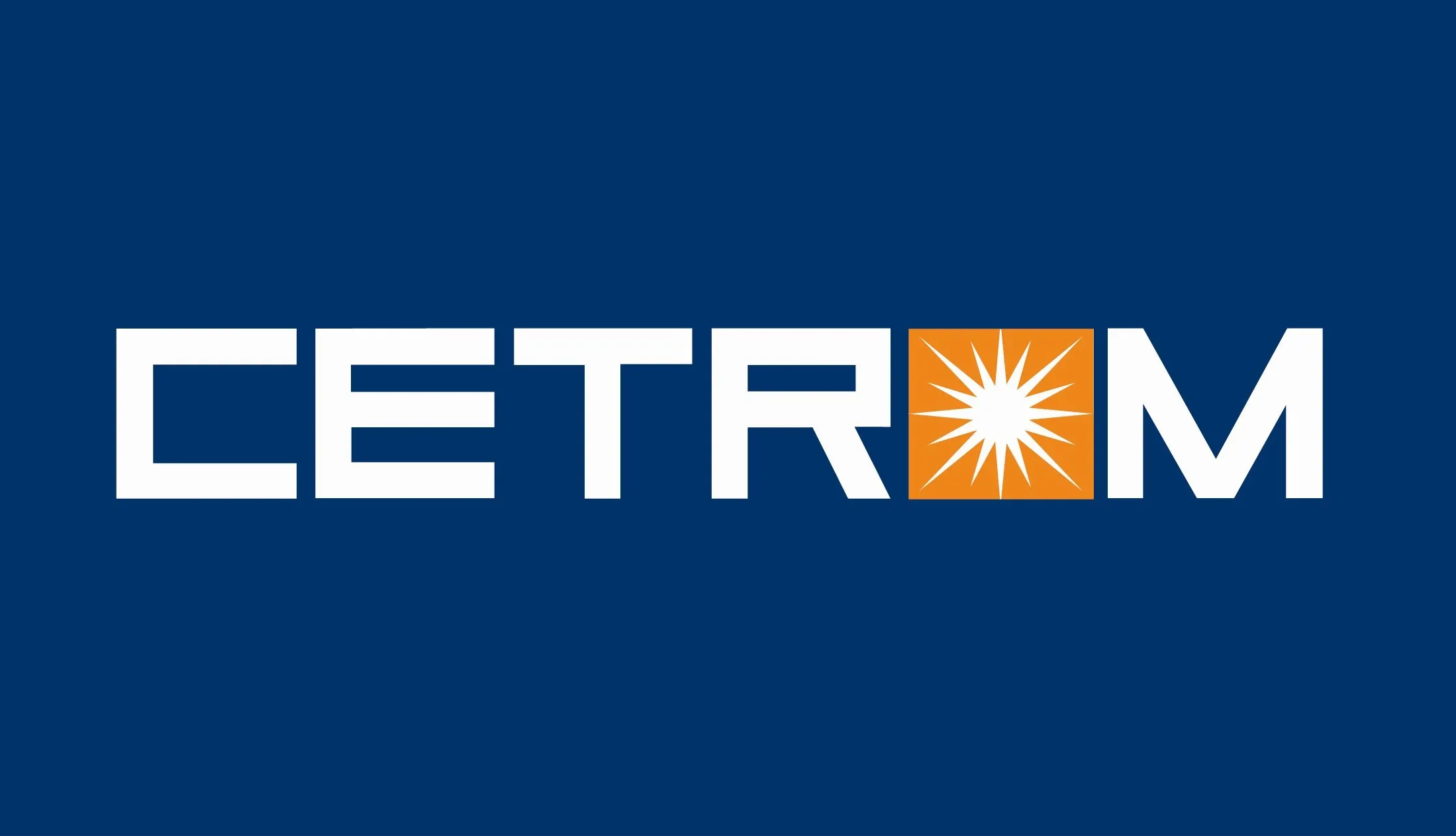Usually, the technology products and services that small CPA firms get sold sound great; but, regularly, these tools don’t actually drop that much cash profit to your bottom line. Nevertheless, as I look back at all the technology investments made in our practice over the last decade or so, eight stand out as true, powerful drivers of firm profits. (Ed. note: Our author mentions the programs and apps he uses in his practice – obviously there are many more options available. Check out our reviews for the software choices that might be appropriate for your practice.)
Topical Niche Websites
For example, consider the option of publishing topical niche websites on firm specialties. Such websites can be an extremely powerful way to prospect for right-fit clients.
Our firm’s www.llcsexplained.com website, for example, gets read by 25,000 to 30,000 small businesses a year. Our www.scorporationsexplained.com website delivers even more impressive numbers, helping around 70,000 to 80,000 small businesses a year.
Think about the number of networking events and service organizations your firm would need to participate in to have this impact. And note that with a topical website, your firm markets itself seven days a week—even during the busiest part of your year.
Portals
Okay, at this point, everybody gets that portals provide firms a secure, convenient way to move data and documents. And that’s reason enough to adopt this technology. But you know what else we’ve noticed as we’ve been more and more proficient at incorporating our portal into our practice? The portal nicely bumps our tax season revenues.
For one thing, we get the source data needed for tax returns easier and faster. But there’s another subtler factor: As we’ve gotten good about using our portal, we get client returns started earlier in tax season. For example, after we started delivering most of organizers and engagement letters via our branded ShareFile portal, http://stephenlnelson.sharefile.com, our January revenues tripled because we could begin doing corporate returns immediately.
Cloud Accounting Apps
Moving applications to the cloud is not, in my mind, the perfect solution for every situation. Desktop applications possess some strengths.
But you know what? Products like QuickBooks Online help us better serve our small business clients. If a client uses an online product like QuickBooks, we can easily provide hands-on support from our offices using the most appropriate in-house accountant.
This ease of support makes it less expensive to provide the low-margin (or no margin?) general accounting support that can eat away at a firm’s profits.
e-Signature Tools
Another simple yet powerful idea: If you now find yourself spending the last weeks of tax season chasing down signatures for engagement letters and e-filing authorizations, you have got to look at the electronic signatures that vendors are now providing.
Some of the tax software providers include these features. And then there are also really good tools provided by the major technology companies, too. For example, RightSignature from Citrix. But do check this out.
Paperless Document Management
For the longest time, I resisted going paperless. And maybe I had my reasons. (I can’t remember what they were though.)
But let’s face it. Paperless document management reduces clutter, saves storage time and increases data security. That roughly 600 square foot room we used to use for client files? The one someone could break into with determination, enough time and the right burglary tools? That’s all a distant memory.
These days, everybody in our firm has their own Fujitsu ScanSnap scanner to digitize everything–and then we store this stuff on an encrypted server using Intuit’s product, Lacerte DMS.
By the way, though we really like the Intuit product, Lacerte DMS sadly appears to be a product that’ll be discontinued at some point next year. [Editor’s note: Intuit has confirmed this.]
Dynamic Benchmarking Tools
You’ve heard or read about big data. And maybe you’ve thought big data can’t have much to do with small firm management. But you might be wrong.
If you’re a member of the AICPA’s private company practice section (about $35 a year by the way), you can participate in the biannual management of an accounting practice survey and then, as an extra benefit, get access to a rich online database of dynamic benchmarking tools.
These dynamic benchmarking tools let you answer all sorts of practice management questions. What billing rates people charge, what profits peers enjoy, which products or services you probably want to add, and so forth.
Seriously, if you’re not tapping into this tool next chance you have, you’re crazy.
Workflow Tools
As a small firm owner, I’ve sometimes found big firm workflow tools pretty cumbersome to use. (We’ve tried a couple over the years.)
But you know what? We’ve been really successful using simpler tools like www.basecamp.com. A web-based project management and to-do list application works great for organizing small workgroups. Especially when you’ve got lots of small clients and work products that lack cookie-cutter uniformity.
Client Service Blog
One final technology investment probably deserves your consideration: You ought to think about publishing a blog. No seriously, let me explain. Because I resisted the siren calls of the blogosphere for years and years, too.
Here’s why you want to blog: You know those questions from clients you get over and over? Like, how to make estimated quarterly tax payments? When to extend tax returns? What to do about a letter from IRS?
Sure, if you’re smart you could store all your standard answers someplace and then copy and paste that information every time a client calls or emails to ask. Been there, done that. But what you ought to do is take those questions and answers and turn them into blog posts. You’ll then have answers available to all your clients all the time. So this provides great and super-low-cost client service experiences.
Furthermore, you’ll have all the same questions available to people who might want to become clients. So this turns your customer service activities into zero-cost marketing.
By the way, our firm’s own blog, http://evergreensmallbusiness.com probably cost us about $200 to start. The first year, traffic was pretty light. But now in our second year, we regularly experience 6,000 to 7,000 visitors a month.
—————–
The Wall Street Journal has called CPA Stephen L. Nelson the Louis L’Amour of computer books because he’s written more books about computers than anyone else. By last count, Nelson has written more than 200 how-to books about using computers, including QuickBooks for Dummies and Quicken for Dummies.
Thanks for reading CPA Practice Advisor!
Subscribe Already registered? Log In
Need more information? Read the FAQs
Tags: Cloud Technology, Technology




